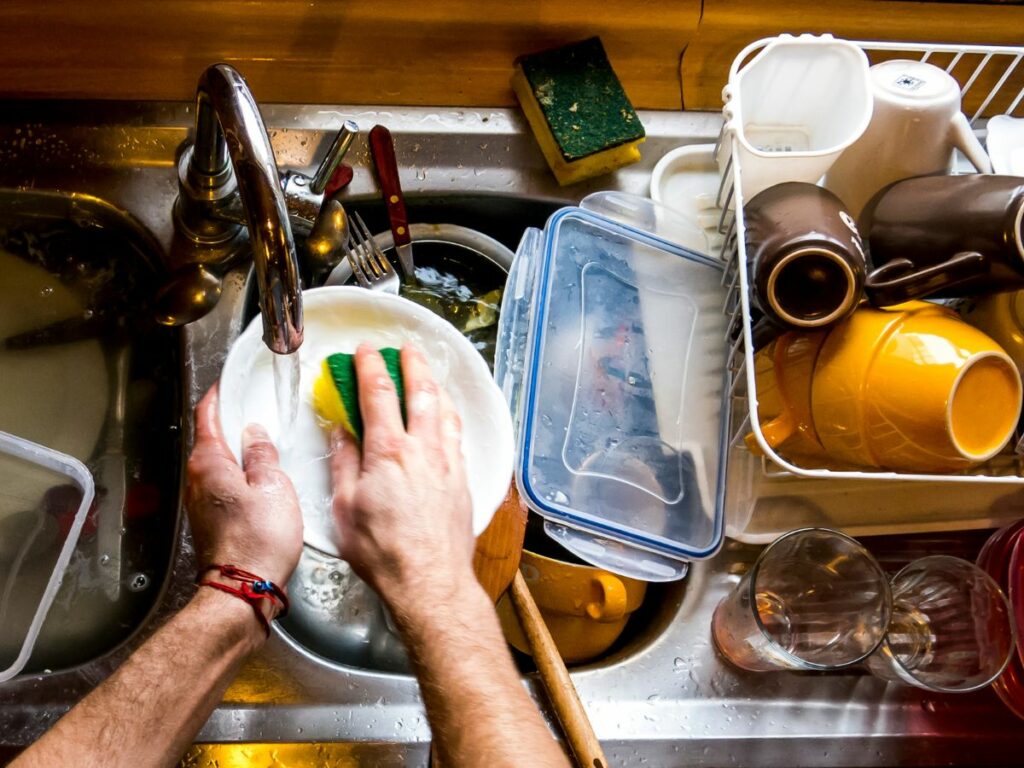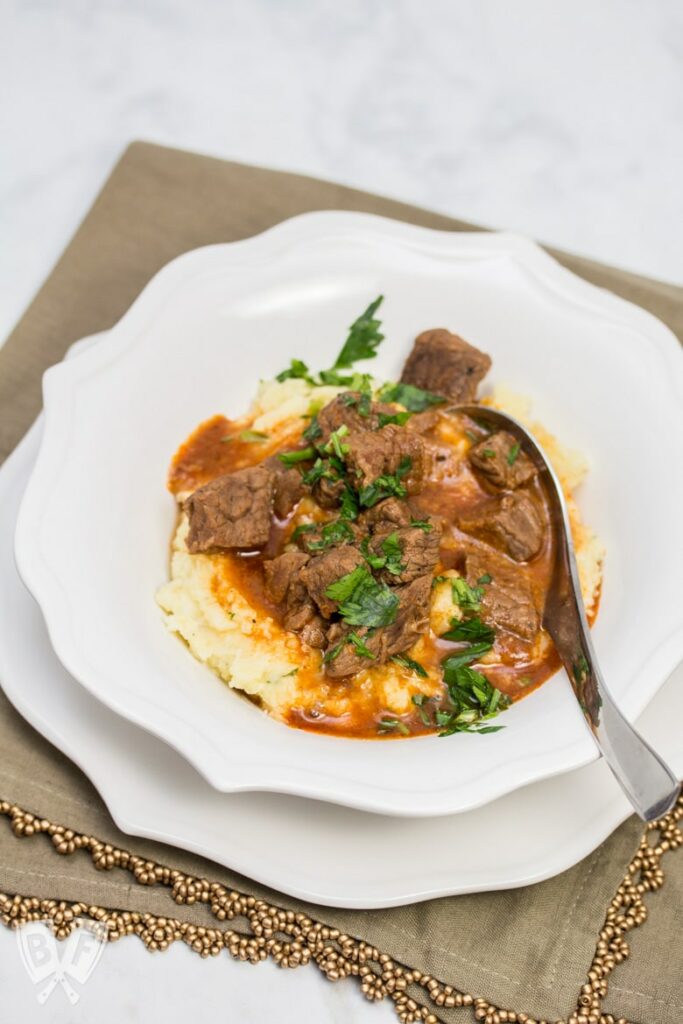Some family recipes, steeped in tradition and flavor, come with a caveat: they demand hours and hours of cooking time. As much as we love and anticipate these culinary legacies, the ticking clock often keeps us from indulging in these dishes regularly.
Fortunately, with a few simple modifications and modern equipment, you can transform and modernize time-consuming family recipes into more manageable and enjoyable meals.

Embracing Modernity in the Kitchen
Modern kitchen equipment and personal preferences play a pivotal role in reshaping the way we approach traditional recipes.
Consider the evolution of time-consuming dishes like Ashley’s mom’s pot roast, which has been updated from the original recipe that utilizes the oven to fit her family’s current lifestyle. Modern cooking tools now make it more efficient to prepare and enjoy on a regular basis.
Here are some examples of kitchen gadgets and techniques that have revolutionized the way we cook:
- Instant Pot / Pressure Cooker – One of our favorites!
- Slow Cooker
- Air Fryer
- Sheet Pan / One-Pan Options
We like to think our grandmothers and great-grandmothers would have absolutely embraced these modern-day conveniences.
Tailoring Recipes to Your Taste
Personal preferences can also be a driving force in modifying family recipes and bringing them onto the dinner table more often.
Whether it’s a preferred cooking method or a tweak in ingredients, adapting recipes to suit individual tastes ensures that these culinary traditions continue to be a source of joy.
For example:
- Shredded vs. Sliced: While Ashley’s mom shredded her pot roast, her husband’s family preferred it sliced. A middle ground was found by using the main pot roast recipe but opting to slice the roast before serving.
- Experimentation with Ingredients: Don’t hesitate to experiment with ingredient substitutions. Whether it’s for dietary reasons or simply a matter of taste, swapping ingredients and adding a personal touch can breathe new life into familiar recipes.
Adapted Family Recipes
How do you go about adapting a family recipe?
Where do you even start?
We’re so glad you asked!
Beef Goulash: A Journey from Confusion to Clarity
Ashley’s stepmom’s family goulash recipe was shrouded in mystery. She insisted it was more of a spontaneous creation than an actual recipe.
Determined to decode this family favorite, Ashley first enlisted her stepmom’s help during a grocery store visit.
Tip: Start your recipe recreations in the grocery store!
After a collaborative cooking session back home, the family goulash recipe was transformed from confusion into a clear, concise, and documented recipe that was absolutely delicious.
More modifications, including the introduction of a pressure cooker, made this time-consuming dish more accessible and easier to fit into her family’s busy lifestyle.

Grandma’s Deviled Eggs: An Evolution of Flavor
Ashley’s grandma’s deviled egg recipe was really just “a little of this and a little of that.” Over the years it underwent a bit of an evolution. The filling was piped and garnishes were added to make a dressy version of deviled eggs.
Adjustments were made to accommodate changing preferences and tastes. Mayo was substituted for Miracle Whip. Then a mayo-free version of deviled eggs using Greek yogurt was created. A spin on that recipe with a bit of French flair was even added to the mix.
The result of all this experimentation?
That family favorite deviled egg recipe has found a new audience in family kitchens around the world.

It’s Time to Adapt!
In the realm of culinary heritage, adaptation is not just a necessity but a celebration of tradition.
By embracing modern tools, tailoring recipes to personal preferences, and experimenting with ingredients, you can ensure that our family recipes remain vibrant and accessible for generations to come.
So, go ahead!
Modernize that family recipe and make it a regular part of your culinary repertoire. Your taste buds—and your family history—will thank you.
We show you how to document family recipes for future generations in our webinar Passing the Plate: Documenting Family Recipes for Future Generations. Plus, we’ll help you capture and preserve your family’s culinary heritage with our ebook Passing the Plate: Recipes That Tell Our Family Story.
Leave a Reply